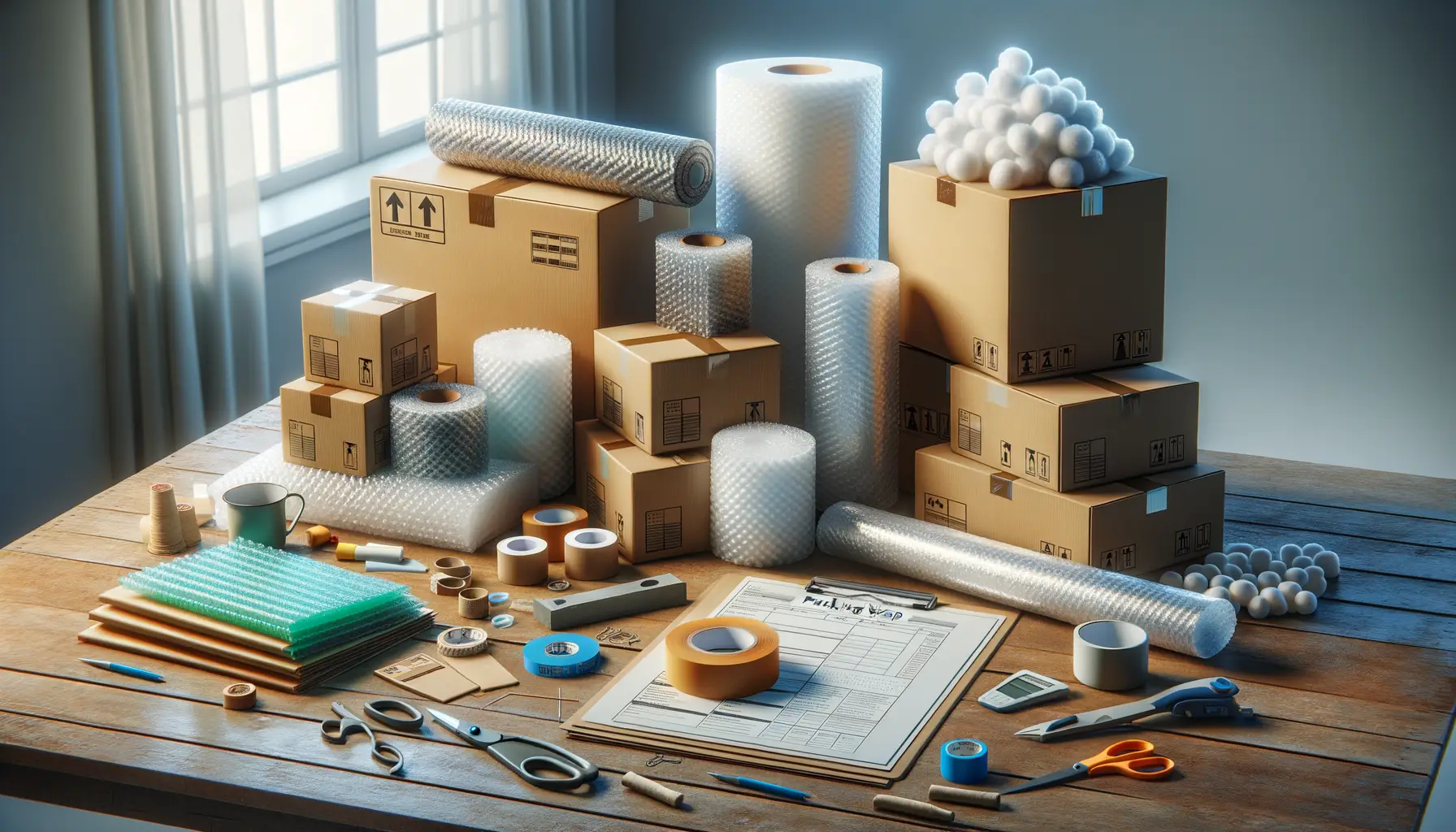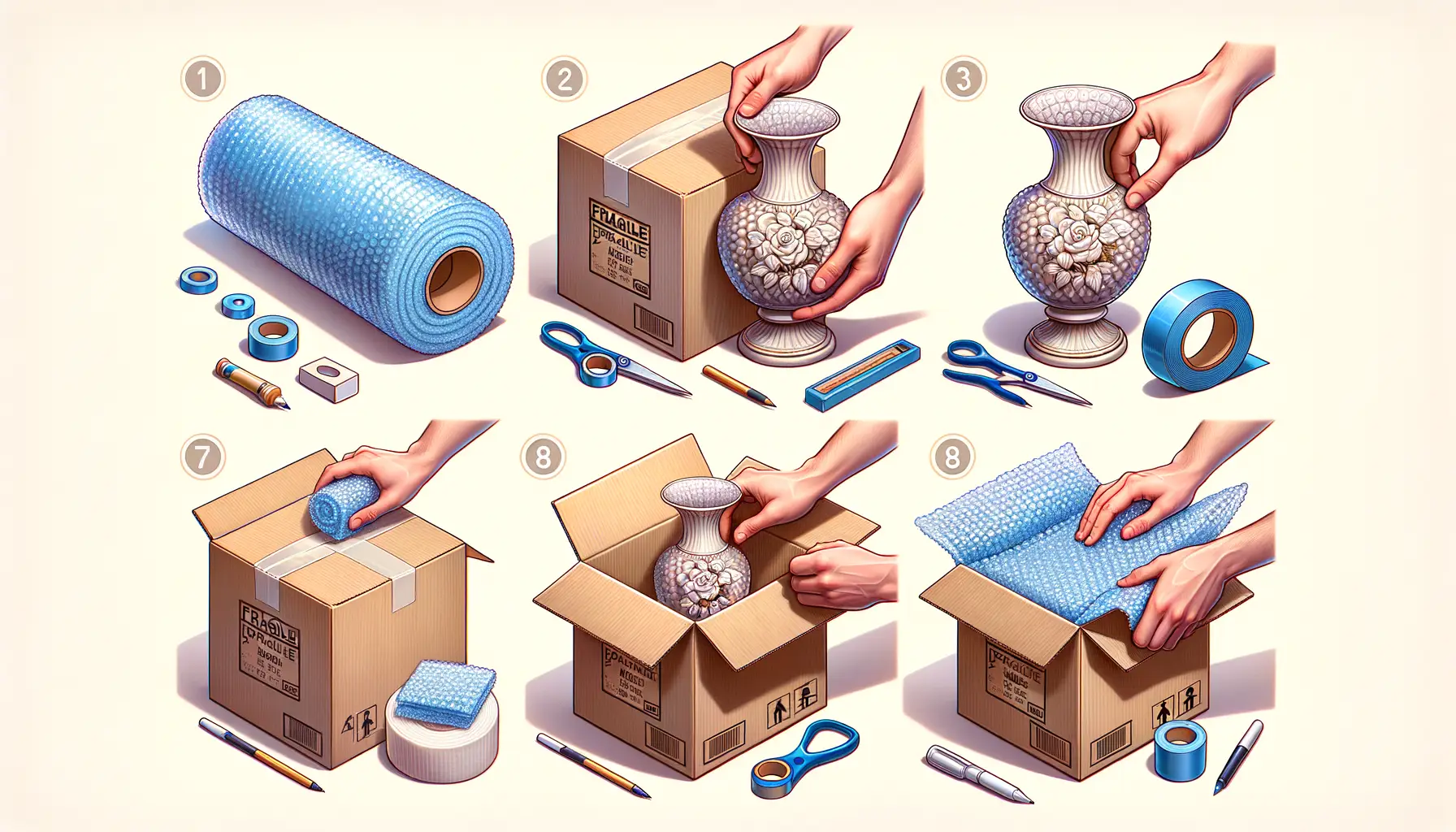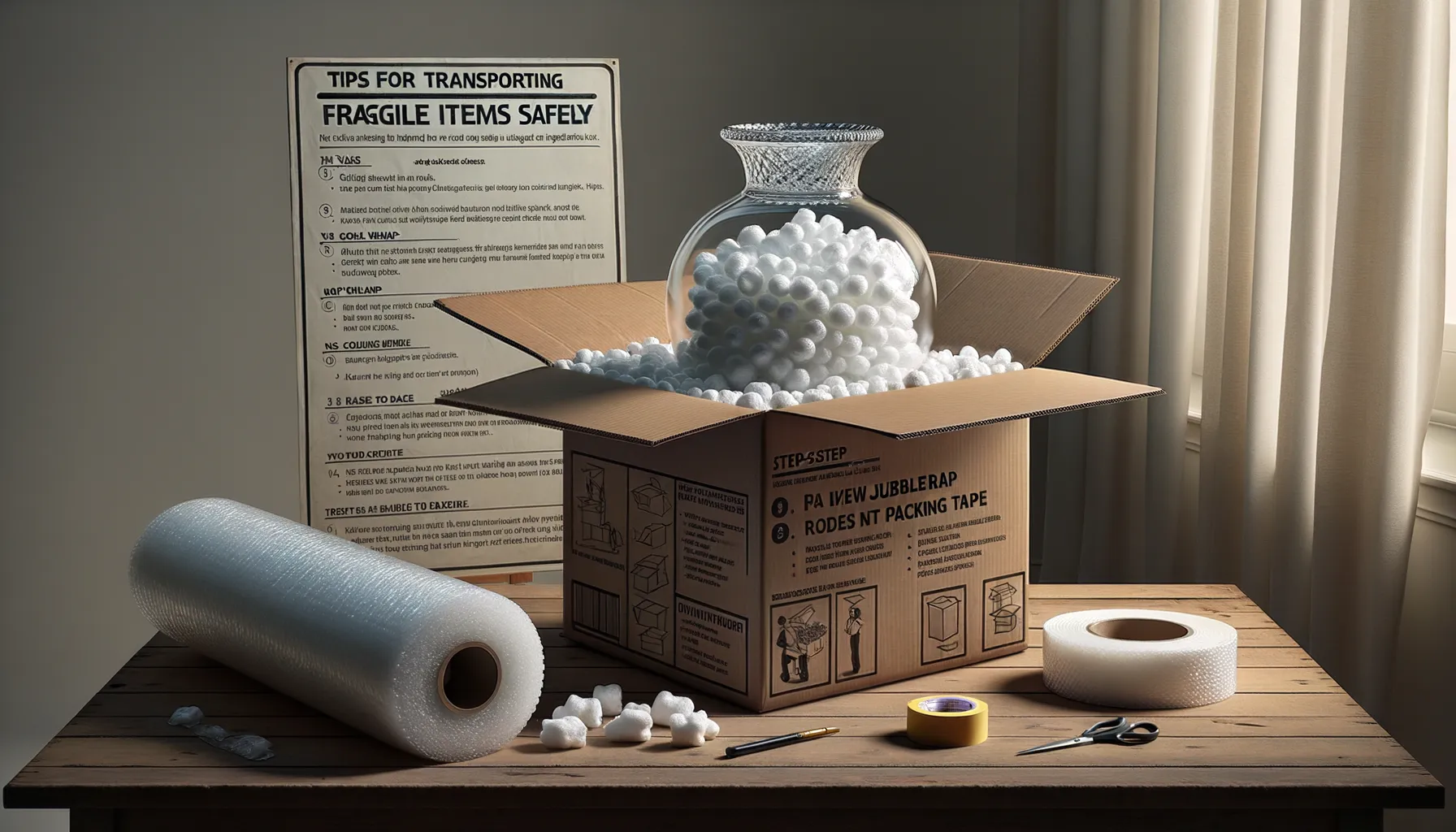Understanding the Importance of Proper Packing
Why Packing Matters More Than You Think
Picture this: you’ve just arrived at your new home, excited to start fresh. You open a box labeled “FRAGILE,” only to find your grandmother’s antique teapot in pieces, its sentimental value irreplaceable. Heartbreaking, right? This is why proper packing isn’t just a technical step—it’s an act of care and foresight.
When it comes to fragile items, every detail matters. Poor packing isn’t just risky—it’s like sending your valuables on a bumpy rollercoaster ride without seatbelts. The right techniques and materials create a protective cocoon, insulating your cherished possessions from cracks, chips, or worse during the journey.
- Cushioning layers: Think bubble wrap, foam peanuts, or soft towels that absorb shocks like a cozy hug for your delicate items.
- Strategic placement: Heavy items on the bottom, lighter ones on top, and no rattling space in between—it’s like playing Tetris with your treasures.
By investing time and thought into packing properly, you’re not just preventing accidents—you’re giving yourself peace of mind. Isn’t that worth it when it means keeping what matters most intact?
Essential Packing Supplies for Fragile Items

Must-Have Tools to Protect Your Treasures
Packing fragile items feels a bit like prepping for battle—your mission is to defend your beloved heirlooms, glassware, or electronics from harm. The right supplies are your armor, and trust me, you’ll need more than just a roll of tape and some wishful thinking!
Here’s a breakdown of essential packing heroes:
- Bubble Wrap: Your MVP (Most Valuable Protector). Wrap glasses, dishes, and even oddly shaped decor in layers of this bouncy defender.
- Packing Paper: Crumple it, layer it, stuff it! These sheets are experts at filling gaps to keep your items snug as a bug.
- Double-Walled Boxes: Don’t skimp here. Choose sturdy boxes that can handle the weight of fragile items without caving in.
- Foam Sheets or Corners: Perfect for picture frames and mirrors. They’re like little pillows for your delicate edges.
Don’t Forget the Small But Mighty Helpers
Tape? Not just any tape. Get strong, sticky packing tape that won’t come undone mid-move—it’s non-negotiable. And while you’re splurging, add labels and a permanent marker to your cart. Clearly marking boxes with “FRAGILE” isn’t just a suggestion—it’s a lifeline for your valuables.
Oh, and those old towels and socks sitting in a drawer? Surprise—they double as extra cushioning! Ingenious, right? Sometimes the best protectors are hidden in plain sight.
Step-by-Step Guide to Packing Fragile Items

Master the Art of Wrapping
Packing fragile items is like preparing a delicate dessert—you want precision, layers, and care. Start with your savior: bubble wrap. Picture this as your first line of defense. Wrap each item—plates, glasses, vases—in multiple sheets, making sure every inch is cocooned. For plates, stack no more than three together, separated by a layer of cushiony goodness, like foam sheets or even thick dish towels if you’re improvising.
When tackling oddly shaped treasures like a porcelain figurine or antique clock, focus on the details. Fill hollow spots (think inside mugs or bowls) with crumpled packing paper. This prevents them from collapsing into themselves during transport.
The Right Box is Half the Battle
Choose sturdy boxes that fit your items snugly. Too much wiggle room? Disaster waiting to happen! Use crumpled paper or packing peanuts to fill empty spaces and keep everything from shifting. A golden rule: heavier items go at the bottom, lighter ones on top.
- Label your boxes: “Fragile,” “This Side Up,” or even something fun like “Handle Me Like Royalty!” (Hey, it works!)
- Seal the deal: Double tape the bottom of every box—for peace of mind and extra strength.
Tips for Transporting Fragile Items Safely

Protecting Your Precious Cargo on the Move
Moving fragile items feels a bit like carrying a baby bird in the palm of your hand, doesn’t it? You don’t want even a feather out of place. The journey from one home to another is often filled with tight turns, sudden stops, and bumpier roads than you’d expect. But don’t worry—here’s how to keep your treasures intact.
First, never let fragile items roam free in the back of the truck. That’s an open invitation for disaster! Instead, use straps or bungee cords to secure boxes to the sides of the vehicle. A shifting box is a broken box.
Before loading anything, make sure each box is labeled clearly with bold “FRAGILE” signs. It’s not just for you; it’s a reminder for anyone lending a hand.
For extra protection:
- Place heavier boxes on the truck floor and stack lighter ones on top—gravity can’t argue with logic!
- Leave a “cushion zone”—space filled with soft blankets—to act as shock absorbers around breakables.
A final tip? Keep the most delicate pieces (like Grandma’s porcelain vase) with you in the car. Some things deserve VIP treatment.
Unpacking Fragile Items After the Move

Creating a Safe Spot for Your Unpacking Adventure
Picture this: You’ve just arrived at your new home, the boxes stacked high like Jenga towers in the living room. Excitement rushes through you, but when it’s time to unpack those fragile treasures—your grandmother’s china, the hand-blown glass vase from Venice—you may feel a wave of anxiety creeping in. Don’t worry, there’s a method to the madness!
Before diving in, carve out a dedicated workspace. A sturdy table or countertop with plenty of elbow room will be your unpacking sanctuary. Lay down a soft surface like a plush towel or foam mat to cradle each item as you handle it.
Unwrap Like a Pro: Patience Pays Off
Think of unpacking as unwrapping tiny gifts from your past life. Here’s a quick plan to tackle those fragile items safely:
- Gently peel back layers of wrapping, starting with outer padding like bubble wrap or paper.
- Inspect each item carefully for cracks or damage before setting it down.
- Place the unwrapped pieces directly into their new homes—a shelf, cabinet, or display case—so they don’t risk getting jostled again.
And pro tip? Keep a small cardboard box handy for discarded packing materials. That way, your new space stays neat while you focus on what really matters: seeing your beloved belongings exactly where they belong.